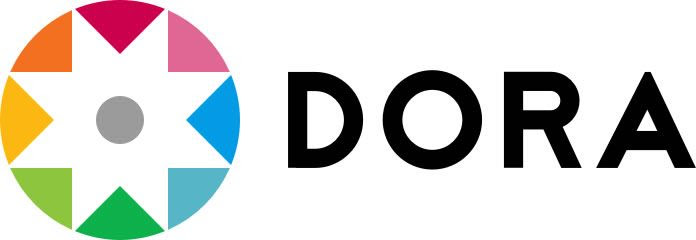Detección de diabetes entre familiares consanguíneos de pacientes diabéticos
Abstract
The two hours pst prandial blood sugar of 209 blood relatives, fifteen years or older, of the diabetic patients from the files at the University Hospital has been studied, as a pilot program in Community Medicine.
Forty seven (22.5%) of the probands had levels of 130 mgm% or more and were unwire considered suspicious of diabetes. Six (2.8%) had 175mg% or more, and were clasified as diabetics.
The search for the probands was done by house visits for one group, and bry motivation at the time of the out-patient visit of the diabetic patient in another. The house visit program gave better results, with a larger number of probands per family studied. The major obstacle to the house visit program was inadecuate recording of the patients address at the hospital files. The advantages of the house visit program, and the importance of the detection of diabetes as a medical program directed to the Community, in the field of the non-infections diseases are discussed.








1.png)

.png)




